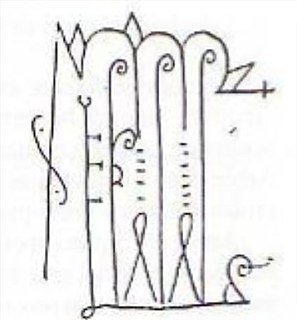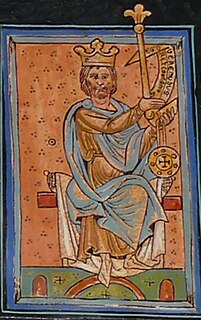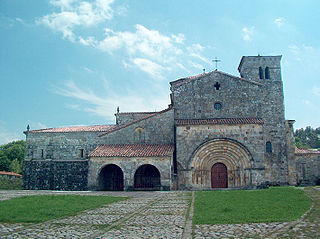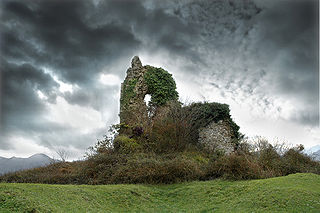Flacinus, Flacino, or Flagino was the Bishop of Oviedo between 909 and 912, possibly from as early as 907 until as late as 914. His predecessor was Gomelo II and he first appears in a document of the latter's episcopate, on 20 January 905, signing as both a presbyter and a primicerius ("Flacinus presbyter, Primicerius testis"). The earliest evidence of his episcopate is a pair of charters for Sahagún (dated 28 April and 28 May 909) in which he signs as Placinius without reference to his see. In 912 when García I made a donation to San Ciprián Flacinus signed as a witness, but again without reference to his see.

Gomelo II was the Bishop of Oviedo during the final years of the reign of Alfonso III of Asturias. He succeeded Hermenegild I probably about 892. Only one document from his episcopate survives, though it was interfered with at a later date by Pelagius of Oviedo. Dated 20 January 905, it is charter of the Cathedral of San Salvador signed by a bishop Gomellus along with the bishops Froilán of León, Sisenand of Iria, Nausto of Coimbra, and Reccared of Lugo. The charter ordered the construction of a castle beside the church in order to house relics—and refugees—during Viking attacks. The cathedral also received as gifts books, ornaments, villages, monasteries, churches, and rents of all kinds, but the jurisdiction over the church of Santa María de Lugo and the towns of Avilés and Gijón also given appear to be later (forged) additions. A 1612 copy of this diploma was mis-dated 1 February 925, but the list of bishops confirms the date of the copy in the cartulary of Oviedo.
In the New Testament, a presbyter is a leader of a local Christian congregation. The word derives from the Greek presbyteros, which means elder or senior. The Greek word episkopos literally means overseer; it refers exclusively to the office of bishop. Many understand presbyteros to refer to the bishop functioning as overseer. In modern Catholic and Orthodox usage, presbyter is distinct from bishop and synonymous with priest. In predominant Protestant usage, presbyter does not refer to a member of a distinctive priesthood called priests, but rather to a minister, pastor, or elder.
The Latin term primicerius, hellenized as primikērios, was a title applied in the later Roman Empire and the Byzantine Empire to the heads of administrative departments, and also used by the Church to denote the heads of various colleges.
On 24 October 912 Flacinus—this time clearly identified by his diocese—received a generous gift from Alfonso IV: villages, estates, ornaments of gold, silver and marble, and books. This charter has been dated incorrectly to 914. A document of 27 May 912 in the Libro de los Testamentos that cites Flacinus is a twelfth-century forgery of the bishop Pelagius, not as it claims of a certain bishop Hermenegild. Flacinus's successor, Oveco, was in power by 914.

Alfonso IV, called the Monk, was King of León from 925 and King of Galicia from 929, until he abdicated in 931.

Pelagiusof Oviedo was a medieval ecclesiastic, historian, and forger who served the Diocese of Oviedo as an auxiliary bishop from 1098 and as bishop from 1102 until his deposition in 1130 and again from 1142 to 1143. He was an active and independent-minded prelate, who zealously defended the privileges and prestige of his diocese. During his episcopal tenure he oversaw the most productive scriptorium in Spain, which produced the vast Corpus Pelagianum, to which Pelagius contributed his own Chronicon regum Legionensium. His work as a historian is generally reliable, but for the forged, interpolated, and otherwise skillfully altered documents that emanated from his office he has been called el Fabulador and the "prince of falsifiers". It has been suggested that a monument be built in his honour in Oviedo.





